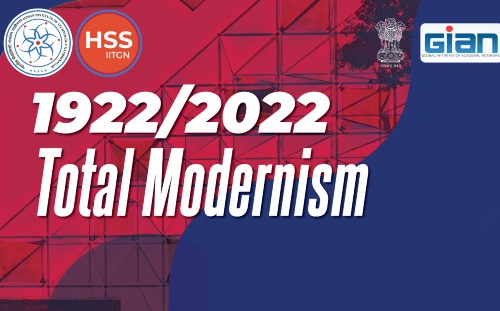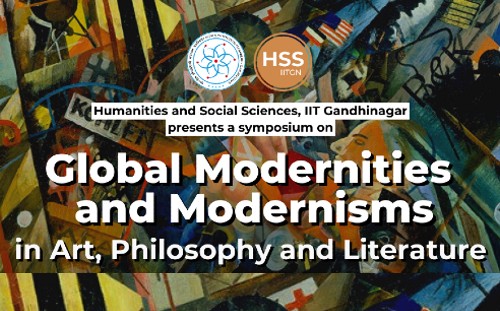1922 was a year of masterpieces that has come to define “high modernism.” I will state that one should replace the misleading phrase of “high modernism” with that of “total modernism,” an expression that originally owed its currency to political discourses about “total war” from 1914 to the thirties. I will argue that what unifies modernism is a certain idea of totality, a totality caught just before it turns into totalitarianism. Examining texts by Georg Lukacs, Lucien Goldmann, Ludwig Wittgenstein, Hermann Broch, and Alain Badiou, I will try to show that the modernist concept of totality does not exclude infinity, as Emmanuel Levinas had posited as his point of departure in Totality and Infinity (1961). The works of Joyce, Beckett, and Duchamp, for instance, testify to the possibility of including infinity within the totality.
1922/2022: Total Modernism
October 26, 2022
- Home
- Uncategorized
- 1922/2022: Total Modernism




